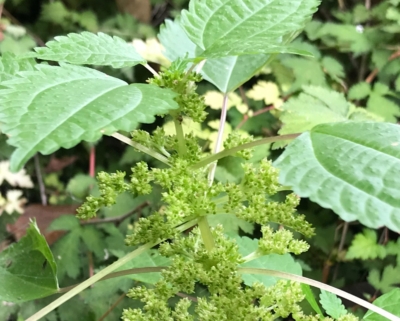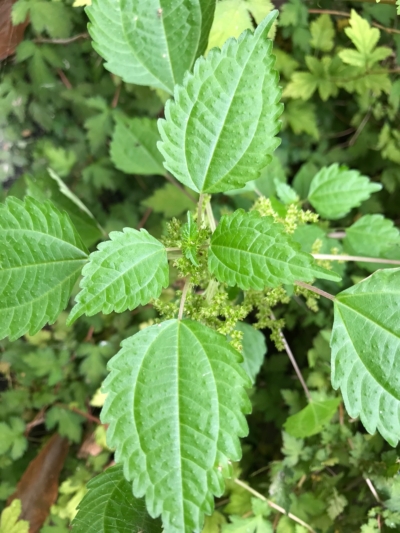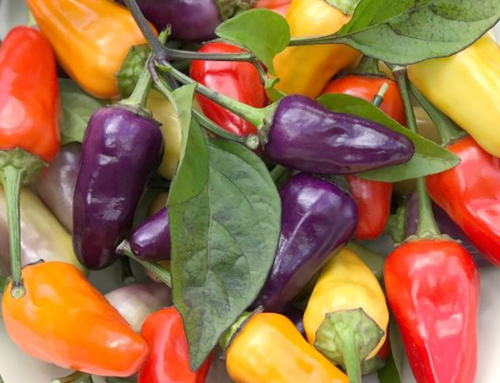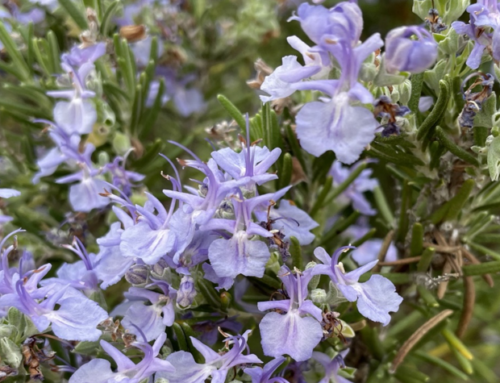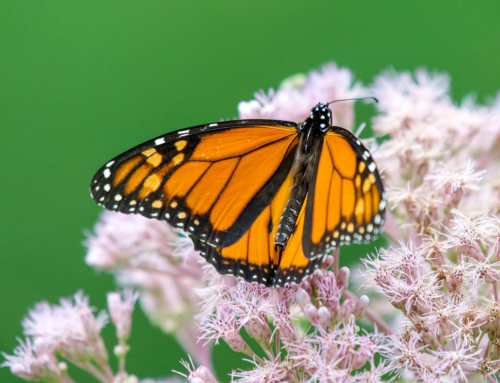If you took high school biology, you may have used clearweed to study the process of transpiration—the movement of liquid through roots to stems and leaves—by adding dye to water and watching it flow through this translucent plant. Though clearweed in the lab is useful, you may not want it in your yard and garden, where it can spread vigorously and crowd out other plants and grasses.
Identifying Clearweed
Also known as Canadian clearweed, coolwort, and richweed, clearweed (Pilea pumila) is found in the eastern and midwestern United States as well as Canada. It’s an annual that grows from about six inches to two feet tall and has smooth, shiny translucent stems that may look light green, greyish green, or reddish green. Clearweed’s leaves, which are oval-shaped and roughly serrated, range in size from three-quarters of an inch to four inches long; each leaf has a prominent central vein and two noticeable side veins. The plant’s leaves, located opposite one another, have a green or dark green surface and a light green or nearly white underside. They’re connected to the stem by petioles that are often an inch or more in length.
The blooming period for clearweed is from July through September and lasts about a month. Clearweed’s male and female flowers, both small and indistinct, vary in color from green to pale yellow. These unscented flowers are packed densely and spread horizontally from leaves in the upper half of the plant. It has tiny green fruit—sometimes striped with black—that holds its seeds; these seeds can be blown by the wind and sown widely.
Because the flowers of the clearweed are wind-pollinated, they don’t attract many insects. However, the caterpillars of the certain butterflies feed on its foliage, including: Milbert’s Tortoiseshell (Nymphalis milberti), Comma (Polygonia comma), Question Mark (Polygonia interrogationis), and Red Admiral (Vanessa atalanta). The larvae of the Beautiful Cosmopterix Moth (Cosmopterix pulchrimella) mine the clearweed’s leaves. The aphid Pseudasiphonaphis corni uses clearweed as a summer host, feeding on juices from its stems and flowering stalks. Clearweed is also one of the host plants of the leafhopper Empoasca recurvata.
While clearweed resembles other members of the Nettle family, it lacks the stinging hairs that can be found on the stinging nettle (Urtica dioica) and wood nettle (Laportea canadensis). It looks most like false nettle (Boehmeria cylindrica), but false nettle’s flower clusters are more spiked and its leaves are finely serrated and have more than three prominent veins.
Where Is Clearweed Found, and Is It Detrimental?
The clearweed is a common woodland plant whose habitats include forests, rocky crevices, and shady or partially shaded wetlands. Clearweed often forms large colonies by reseeding itself.
Pilea pumila is one of two native clearweeds in Minnesota; the other is black-fruited clearweed (Pilea fontana). These two plants look alike except for the size and color of their fruit: clearweed’s fruit is smaller and narrower than the fruit of black-fruited clearweed and is light green in color with scattered dark pigment spots. There are slight differences in the degree of translucency between the two species, but this difference is difficult to discern in the field.
Though clearweed doesn’t sting or burn like other nettles and is not considered an invasive species, it can be a nuisance if it spreads in areas where it’s not desired—like garden beds or cleared areas.
Controlling and Preventing Clearweed
Control of clearweed is most effectively done mechanically, which describes the physical removal of plants by cutting or pulling. Because clearweed has shallow roots and lacks stinging hairs, it’s fairly easy to remove—just avoid doing so when its seeds can spread.
Though clearweed isn’t noxious or invasive, like some of its relatives, its tiny seeds can spread rapidly and widely, forming large colonies. If you see a plant or a patch somewhere you don’t want it, you should remove it. But if you’re not up for any more weeding this fall, you can add this project to your “to do” list for next spring.
by Laura Austrian, Hennepin County Master Gardener volunteer
Resources:
https://www.minnesotawildflowers.info/flower/dwarf-clearweed
http://wisflora.herbarium.wisc.edu
